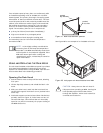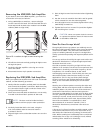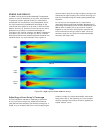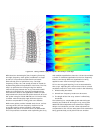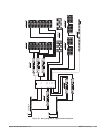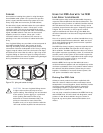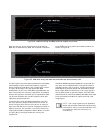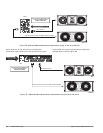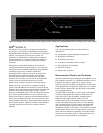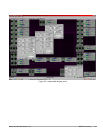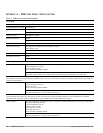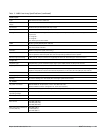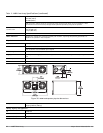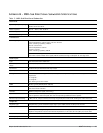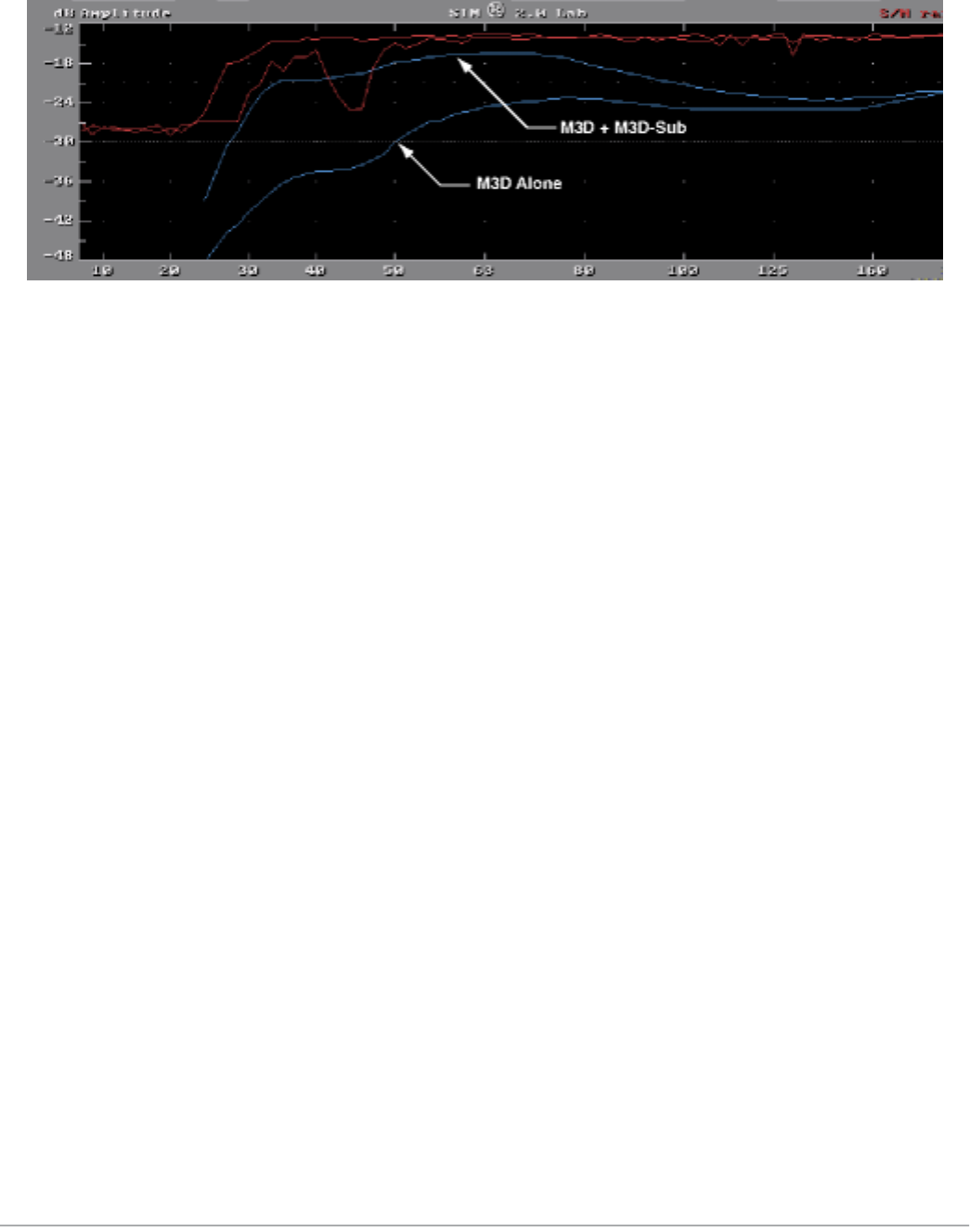
Meyer Sound Laboratories Inc M3D
™
Line Array
•
17
SIM
®
SYSTEM II
SIM System II is a powerful, compact instrumentation
product line comprising the SIM-2201 Sound Analyzer,
SIM-2403 Interface Network, and a selection of software
options, microphones and accessory cables. The
instrument is optimized for making audio-frequency
measurements of an acoustical system and applying
precise electronic corrections to adjust the system
response.
SIM System II implements the Meyer Sound Source
Independent Measurement technique, a dual-channel
method that accommodates statistically unpredictable
excitation signals. Any excitation signal that
encompasses the frequency range of interest (even
intermittently) may be employed to obtain highly
accurate measurements of acoustical or electronic
systems. (For example, concert halls and loudspeaker
systems may be characterized during a musical
performance, using the program as the test signal.)
Housed in a four-space rack-mountable industrial
chassis, the SIM-2201 Sound Analyzer performs 32-bit
floating-point audio signal measurements with >100-dB
dynamic range (actual input signal range is greater
because of selectable gain). The instrument permits two-
port measurements between any two of three front-
panel inputs (one microphone with switchable phantom
power, two isolated line level), and incorporates a rear-
panel multipin interface for automated measurements of
two-channel systems. Optional hardware and software
upgrades permit up to sixty-four analysis channel
capacity.
Applications
You can use the SIM System II in the following
applications:
■ Loudspeaker system testing and alignment
■ Microphone calibration
■ Architectural acoustics
■ Transducer evaluation and correction
■ Echo detection and analysis
■ Vibration analysis
■ Underwater acoustics
Measurement Modes and Features
Measurement data may be displayed as amplitude versus
time (impulse response), or amplitude and phase versus
frequency (frequency response). A single-channel
spectrum mode is provided, and frequency domain data
are displayed with a logarithmic frequency axis. A Delay
Finder function determines and internally compensates
for propagation delays.
The SIM-2201 incorporates a front-panel–controllable
precision signal generator with low-distortion sine
wave, pink noise, and modulated, weighted pulse
outputs; multi-segment level meters for each
measurement input; a removable hard disk and DOS
format 1.44-Mbyte floppy disk drive for data storage;
high-resolution color monitor output; and dedicated
rear-panel multipin system interface connectors. A
headphone output is provided for aural monitoring of the
measurement inputs. User-friendly software with pull-
down menus streamlines operation, and measurement
data may be exported to disk in ASCII format for post-
processing or laser printed for presentation.
Figure 28. M3D driven from the mid-bass output of LD-1 line driver with the M3D-Sub driven with a full-range signal



